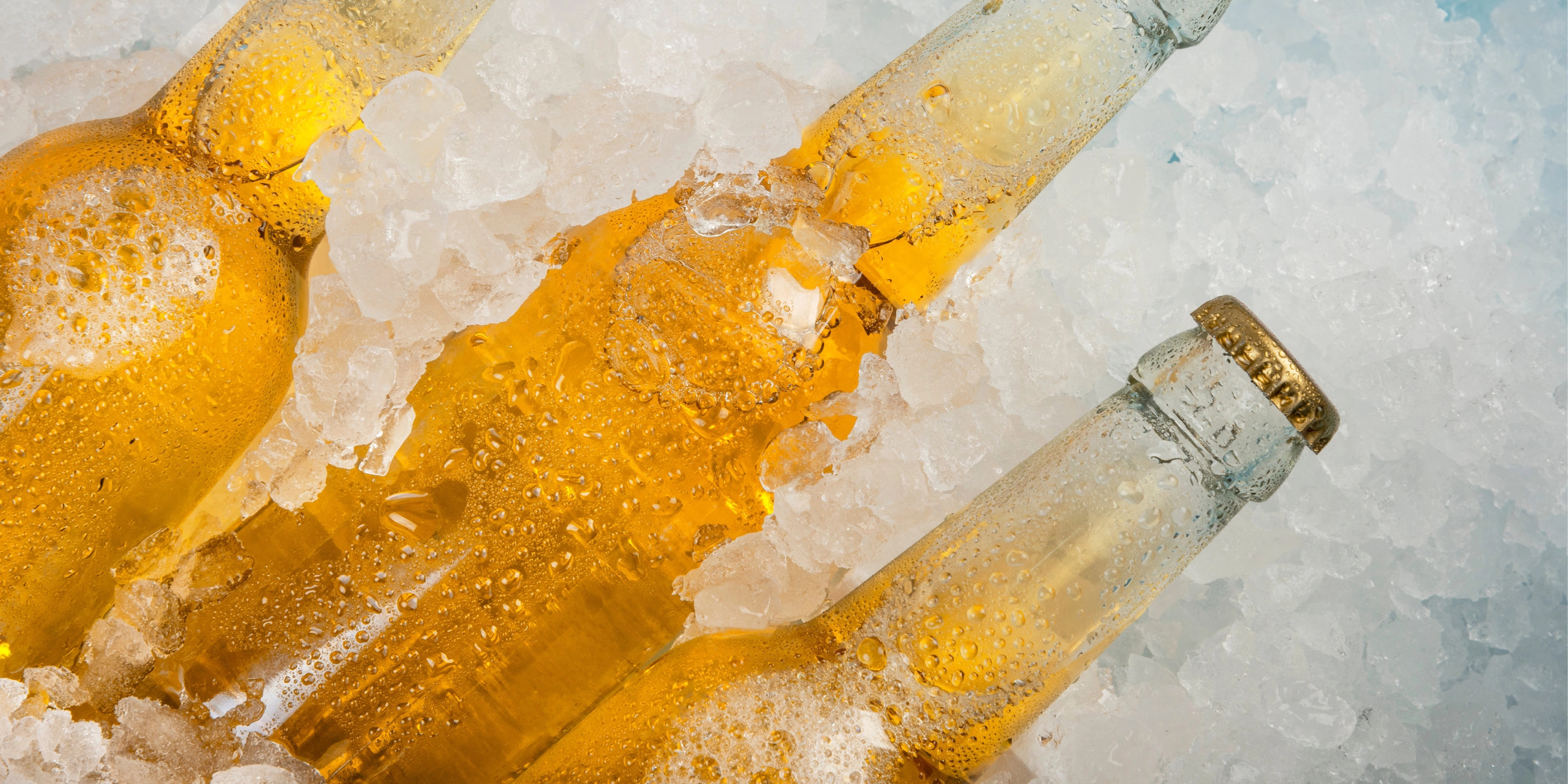Why Temperature Matters
Ever wondered why some beers just hit better cold — but others lose all flavour if they’re icy? Here’s how temperature messes with taste and how to serve your brews like a pro.
Ever wondered why some beers just hit better cold — but others lose all flavour if they’re icy? Here’s how temperature messes with taste and how to serve your brews like a pro.

When you grab a cold one from the fridge, you probably don’t think twice about it — but beer is surprisingly sensitive. Too warm and it tastes flat and heavy. Too cold and you numb your taste buds before the hops even say hello.
Temperature is the difference between “ahh” and “meh.”
Most beers are brewed with a temperature in mind. The colder it is, the more the flavours get locked away. When your beer warms slightly, aromas and subtle notes start to open.
Lagers & Pilsners: 3–6°C — crisp, refreshing, and exactly what you want on a hot arvo.
Pale Ales & IPAs: 7–10°C — lets the hops shine without turning bitter.
Dark Ales & Stouts: 10–13°C — bold, creamy flavours bloom when they’re not freezing cold.
In the early 1900s, Aussies didn’t even have refrigerated beer — they’d add blocks of ice to kegs and hope for the best. Thankfully, we’ve come a long way since then (and so has the beer).